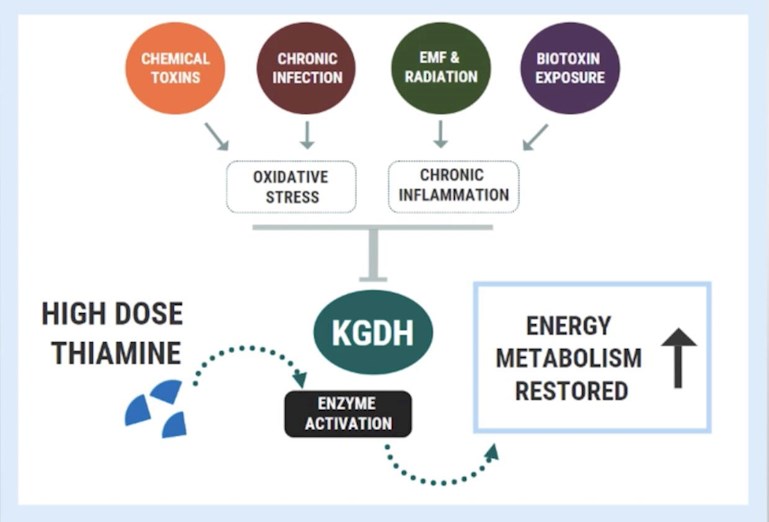In this video, Elliot of EONutrition succinctly explains the rational behind high dose thiamin therapy as a tool for bypassing metabolic blocks caused by factors unrelated to nutritional deficiency.
And he examines with well chosen illustrations how this approach could be a useful therapy for chronic health conditions characterized by mitochondrial dysfunction.
You cannot wish for a clearer explanation🌺
